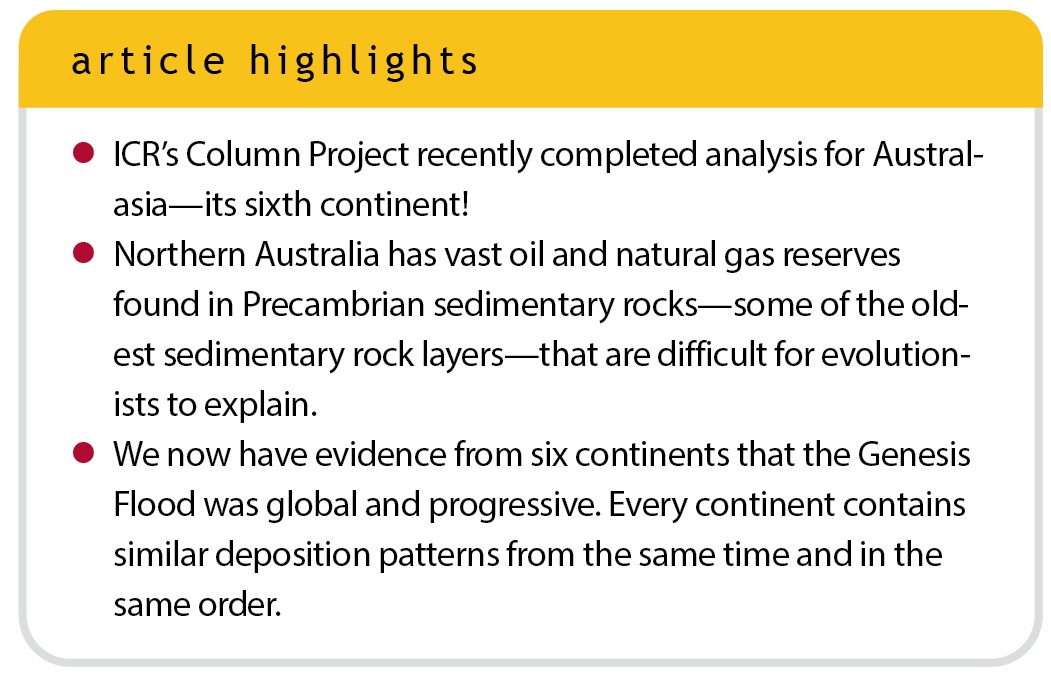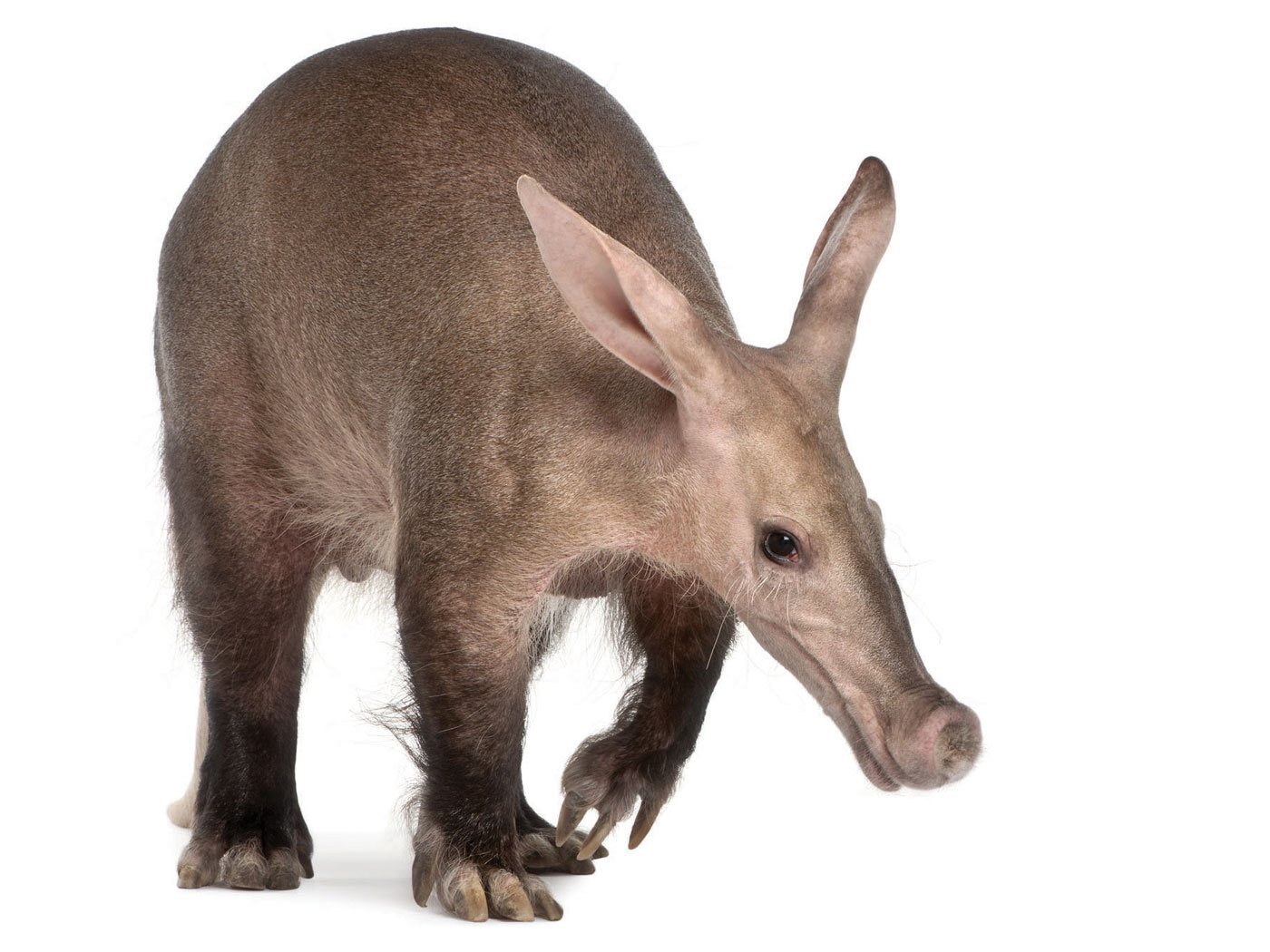
Sedimentary Rock Does Form Fast!
A recent study published in Geology found that sedimentary rock can form in as little as 35 years.1,2 Before this, conventional geologists thought these types of rocks took vast amounts of time to erode, consolidate, and lithify. What they discovered along the coast of Scotland caused them to quickly change their minds.

A Big Texas Fossil Possum Is a Primate Ancestor?
Recently, University of Kansas paleontologists discovered a fossil of what they think is a “near-marsupial.”1 It is called Swaindelphys and was found in Big Bend National Park, Texas. Conventional scientists interpret Swaindelphys as a large extinct possum.

Yet Another Revised Age for the Land-Animal Ancestor
An allegedly vital piece of animal evolution was first discovered in 1984 in Scotland. Conventional scientists suggested the fossil of Westlothiana lizziae, a lizard-like reptile, is an example of an early stem tetrapod.

Mysterious Erosion Confirms High Flood Boundary
Two separate research reports arrived at a similar conclusion.1,2 Both found an episode of mysterious erosion had occurred near the end of the Tejas Megasequence. This event likely correlates to the final phase of water draining off the continents during the Flood. It also confirms a late Cenozoic end of the Flood boundary, called the N-Q (Neogene-Quaternary).3,4











